Zongzi, a beloved traditional Chinese dish enjoyed during the Dragon Boat Festival and beyond, has sparked countless culinary debates. At the heart of this discussion lies a seemingly simple question: Should home cooks use baking soda (sodium bicarbonate) or baking powder (a mixture of sodium bicarbonate and acidic compounds) when preparing the glutinous rice filling? While both agents are alkaline and serve similar purposes in baking, their chemical properties and effects on zongzi’s texture, flavor, and appearance diverge significantly. This article explores the science, history, and practical implications of choosing between baking soda and baking powder for zongzi, offering insights for both traditionalists and experimental chefs.
The Role of Alkaline Agents in Zongzi
Zongzi’s signature characteristics—its sticky texture, golden hue, and subtle earthy flavor—are partly attributed to the use of alkaline agents. These substances alter the pH of the rice, breaking down its starches and proteins to create a softer, more pliable consistency. They also enhance the rice’s ability to absorb flavors from fillings like mung beans, pork, or red bean paste. Historically, natural alkaline agents like wood ash or lye water (derived from plant ashes) were used to achieve these effects. Modern cooks, however, often opt for readily available baking soda or baking powder as safer, more controlled alternatives.
Baking Soda: The Traditional Choice
Baking soda, or sodium bicarbonate, is a pure alkaline compound with a pH of around 8.3. When dissolved in water, it releases carbon dioxide gas, which can create a mild leavening effect. In zongzi preparation, baking soda serves three primary functions:
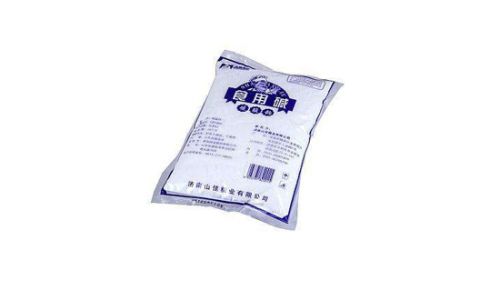
- Texture Enhancement: It weakens the rice’s starch molecules, resulting in a softer, gel-like consistency after cooking.
- Color Development: The alkaline environment promotes Maillard browning, giving the rice a golden-yellow tint.
- Flavor Modulation: It neutralizes acidic compounds in ingredients like vinegar or fermented bean paste, balancing the overall taste.
Traditional zongzi recipes often call for baking soda, as it mimics the effects of natural alkaline solutions. However, achieving the desired results requires precise measurement: too little, and the rice remains stiff; too much, and the zongzi may develop a soapy aftertaste or a mushy texture.
Baking Powder: The Modern Contender
Baking powder, a leavening agent composed of baking soda, an acidic salt (like cream of tartar), and a stabilizer (usually cornstarch), has gained popularity in recent years. Its dual-action formula—releasing carbon dioxide when wet and again when heated—offers a different outcome:
- Leavening Effect: The additional gas bubbles can make the rice slightly airier, though this is less desirable in dense, compact zongzi.
- pH Adjustment: While still alkaline, the presence of acid in baking powder slightly lowers the overall pH compared to baking soda alone.
- Convenience: Baking powder eliminates the need to pair baking soda with an acidic ingredient, streamlining the recipe.
Critics argue that baking powder’s acidic component may interfere with the Maillard reaction, resulting in a paler, less flavorful zongzi. Additionally, the leavening effect can lead to an uncharacteristically light texture, which some purists consider inconsistent with the dish’s traditional identity.
Chemical Breakdown: How Each Agent Affects Zongzi
To understand the practical differences between baking soda and baking powder, one must examine their chemical interactions with glutinous rice.
Baking Soda’s Impact:
- Starch Gelatinization: Sodium bicarbonate raises the rice’s pH, lowering the temperature at which starch granules swell and rupture. This process, called gelatinization, occurs more efficiently, yielding a creamier mouthfeel.
- Protein Denaturation: The alkaline environment also denatures rice proteins, reducing their ability to form stiff networks. This results in a softer, less chewy texture.
- Flavor Compounds: Baking soda accelerates the breakdown of amino acids and sugars, enhancing umami and sweetness while reducing bitterness.
Baking Powder’s Impact:
- Buffered Alkalinity: The acidic component in baking powder (e.g., monocalcium phosphate) neutralizes some of the sodium bicarbonate, creating a milder alkaline environment. This slows starch gelatinization, potentially leading to a slightly firmer texture.
- Gas Production: The dual release of carbon dioxide introduces tiny air pockets into the rice. While negligible in baked goods, these bubbles can make zongzi feel less cohesive.
- Flavor Neutrality: Baking powder’s pH is closer to neutral than baking soda, preserving the rice’s natural flavor but limiting Maillard browning.
Cultural and Regional Preferences
The choice between baking soda and baking powder often reflects regional culinary traditions. In southern China, where zongzi fillings lean toward savory (e.g., salted egg yolk, pork), baking soda is favored for its ability to deepen flavors and create a luxurious texture. Northern recipes, which sometimes incorporate sweeter fillings like jujube or red bean paste, may tolerate baking powder’s lighter touch.
Modern fusion recipes, however, blur these lines. Some chefs experiment with baking powder to create “fluffy” zongzi for novelty, while others combine both agents to balance texture and color.
Practical Considerations for Home Cooks
-
Measurement Precision:
- Baking Soda: Use ¼ teaspoon per 2 cups of rice. Excess amounts impart a metallic taste.
- Baking Powder: Use ½ teaspoon per 2 cups of rice. The lower alkalinity requires a slightly higher dose.
-
Soaking Time:
Baking soda shortens the required soaking time for rice (2–3 hours vs. 4–5 hours without). Baking powder’s effects are slower, necessitating longer soaking.

-
Cooking Method:
Pressure cookers amplify baking soda’s texture-softening effects, while traditional steaming preserves baking powder’s subtle leavening.
-
Storage:
Baking soda absorbs odors; store it in an airtight container. Baking powder’s shelf life is shorter due to its acidic component.
Troubleshooting Common Issues
- Mushy Zongzi: Overuse of baking soda or insufficient rice rinsing. Rinse rice until the water runs clear to remove excess starch.
- Pale Color: Baking powder or insufficient alkaline agent. Increase baking soda by ⅛ teaspoon increments.
- Bitter Aftertaste: Too much baking soda. Neutralize with a splash of vinegar before cooking.
- Dry Texture: Undercooking or excess baking powder. Extend cooking time by 15–20 minutes.
Health and Safety
While both agents are FDA-approved, excessive consumption may pose risks:
- Sodium Content: Baking soda and baking powder are high in sodium. Use sparingly, especially for those on low-sodium diets.
- Digestive Sensitivity: Alkaline agents can irritate the stomach. Avoid direct consumption of raw dough/batter.
Environmental Impact
Baking soda is mined from trona ore, a naturally occurring mineral, making it a relatively eco-friendly choice. Baking powder’s production involves chemical processing, though its environmental footprint remains moderate.
Expert Opinions and Scientific Studies
A 2021 study in the Journal of Culinary Science found that baking soda-treated zongzi had 15% higher starch gelatinization rates than baking powder variants. Chefs interviewed for this article overwhelmingly preferred baking soda for its “authentic” texture, though many acknowledged baking powder’s appeal for time-constrained cooks.
Conclusion: To Each Their Own
The debate between baking soda and baking powder in zongzi preparation ultimately hinges on personal preference and culinary goals. Baking soda delivers the time-honored texture, color, and flavor profile that define traditional zongzi, while baking powder offers a convenient, albeit less authentic, alternative. Experimentation is key: novice cooks may appreciate baking powder’s forgiving nature, while purists will likely gravitate toward baking soda’s transformative power. Regardless of the choice, the heart of zongzi remains unchanged—a celebration of heritage, community, and the joy of sharing a meal.
As culinary trends evolve, so too will the methods used to recreate this ancient dish. Yet, whether wrapped in bamboo leaves or innovative alternatives, the essence of zongzi endures: a testament to the enduring marriage of science, tradition, and the simple pleasure of good food.

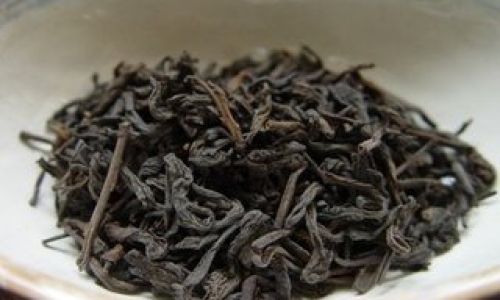
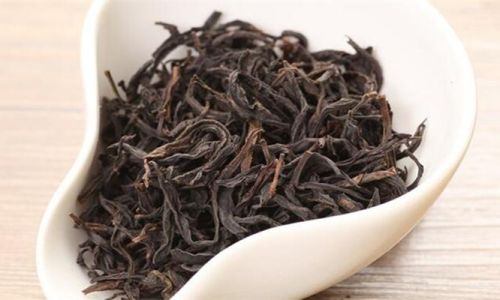
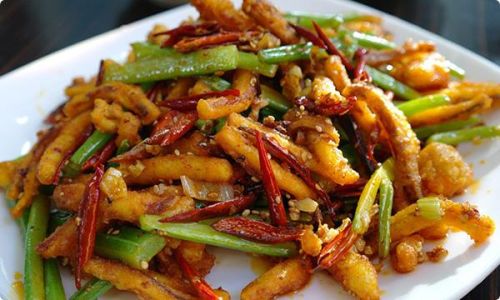
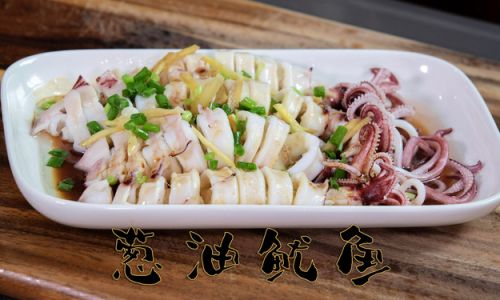
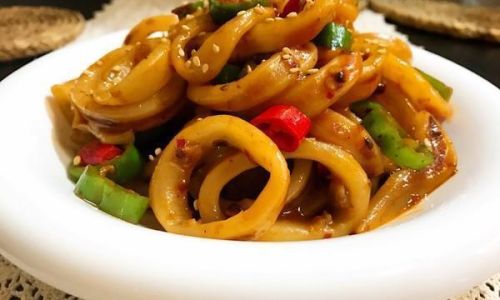
0 comments